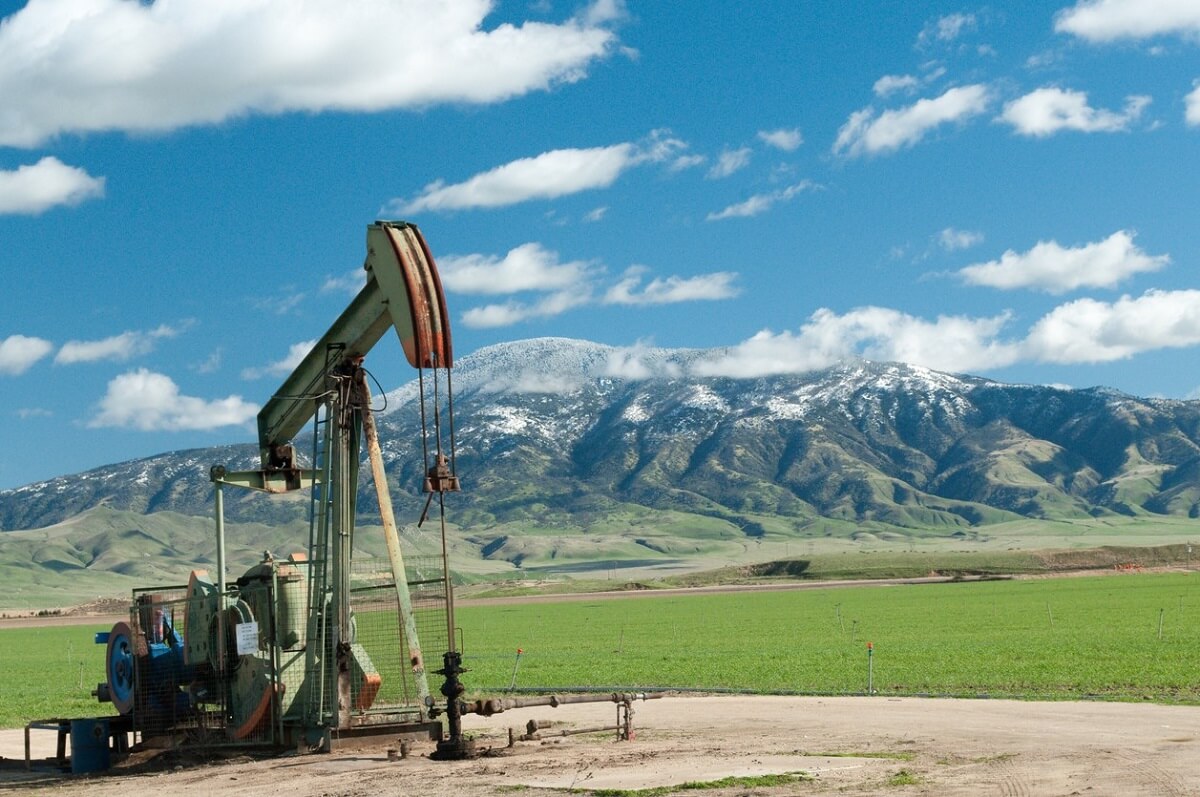Beneath the Surface: Tracing the History of Oil and Gas Mineral Rights in the United States

Introduction:
The story of oil and gas in the United States is not just one of black gold gushing from the earth; it’s also a tale of property rights, legal battles, and economic booms. The history of oil and gas mineral rights in the U.S. is as rich and complex as the resources they govern. In this blog post, we’ll embark on a journey through time to explore the evolution of these rights and their profound impact on American landowners and the nation’s economy.
1. Early Exploration and Ownership:
The roots of oil and gas exploration in the U.S. trace back to the mid-19th century. As pioneers began drilling for oil, questions arose regarding property rights. Initially, landowners possessed both surface and subsurface rights, allowing them to claim any resources found beneath their property. This period saw the birth of a burgeoning industry with minimal regulation.
2. Spindletop and the Birth of Oil Boom Towns:
The discovery of oil at Spindletop in Texas in 1901 marked a turning point. The ensuing oil boom led to a surge in drilling activities, transforming sleepy towns into bustling oil centers. However, as competition intensified, conflicts over ownership and access to resources erupted, prompting the need for clearer legal frameworks.
3. The Rule of Capture and Its Limitations:
The legal principle of “the rule of capture” emerged during this era, stating that a landowner could legally capture any oil or gas flowing from wells on their property, regardless of its source. While this principle allowed for rapid industry growth, it also led to inefficient resource extraction and disputes among neighboring landowners.
4. Formation of Regulatory Frameworks:
Recognizing the need for standardized regulations, states began establishing laws to govern oil and gas activities. These laws aimed to balance the rights of surface owners and mineral owners, setting the stage for more orderly resource development. Over time, states developed regulatory bodies to oversee exploration and production.
5. Formation of Mineral Rights as a Separate Entity:
As the industry matured, a crucial shift occurred—separating surface rights from mineral rights. This separation allowed for the distinct ownership of subsurface resources, enabling individuals to buy, sell, or lease mineral rights independently. This evolution brought about a more nuanced and flexible approach to resource management.
6. Modern Challenges and Environmental Concerns:
In recent decades, the oil and gas industry has faced challenges related to environmental concerns and the need for sustainable practices. The tension between economic interests and environmental stewardship has led to ongoing debates and evolving regulations aimed at striking a balance between resource development and conservation.
Conclusion:
The history of oil and gas mineral rights in the United States is a narrative of innovation, legal evolution, and economic transformation. From the wildcatter days of Spindletop to the modern challenges of environmental sustainability, the journey of these rights reflects the dynamic interplay between industry, law, and society. As we move forward, the history continues to shape the present, influencing how we manage and navigate the vast resources lying beneath the surface of this nation.
14 thoughts on “Beneath the Surface: Tracing the History of Oil and Gas Mineral Rights in the United States”